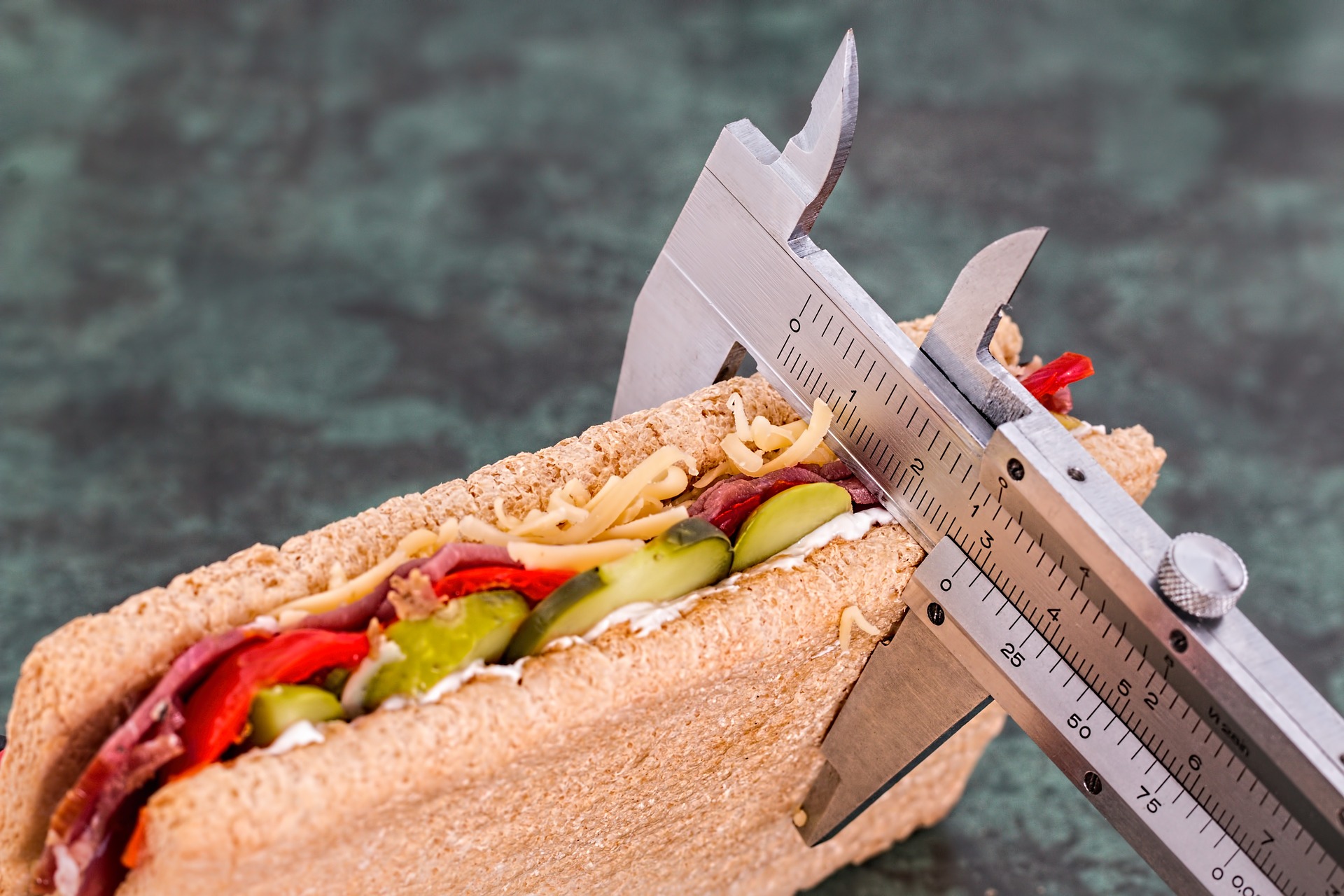Body dysmorphic disorder, or BDD, is a disorder involving a skewed body-image. However, with treatment, recovery is possible. Body dysmorphic disorder symptoms include a persistent preoccupation with one’s appearance. For example, more specific body dysmorphic disorder symptoms might include extreme anxiety over self-perceived flaws such as hair, height, or skin. (1) Furthermore, body dysmorphic disorder causes, or can cause, extreme social phobia. And sometimes, body dysmorphic disorder causes relationship problems, as well as a deep desire for approval from others.
Additionally, body dysmorphic disorder causes, in some cases, absence from work or school due to fear of others seeing flaws. One body dysmorphic disorder natural treatment is cognitive behavior therapy. However, educating yourself to recognize early signs can also prove to be a fantastic body dysmorphic disorder natural treatment, by means of prevention. For other body dysmorphic disorder natural treatment methods, read below.
But first, here are some common signs and symptoms of body dysmorphic disorder: (2)
- Intense, reoccurring thoughts and impulses regarding one’s body appearance
- Seeing certain body parts as being disproportionate and inadequate
- Excessive focus on any perceived flaw in one’s facial features, skin, height, hair or clothing
- Being a perfectionist, similar to symptoms of OCD
- Missing work or school and other social situations, based on a fear that others will notice flaws
- Feeling anxious over one’s food choices, exercise routine and surroundings. This can include excessive exercise
- Increased irritability and judgment of other people
- Relationship problems
- Overtly seeking approval from others and needing reassurance
- Social withdrawal and increased time spent in isolation
- Severe blushing, sweating, shuddering, shyness, trembling, nausea when around others, or other social phobia symptoms.
- Changes in eating patterns. For example, frequently dieting and even entering into starvation mode
- Obsessively checking the mirror, applying makeup, grooming and trying to alter one’s appearance. This often includes cosmetic surgeries
- Symptoms of depression
- Other physical symptoms of anxiety. This includes lightheartedness, dizziness, trouble sleeping, digestive problems, shortness of breath and panic attacks, hyperactivity, and impulsiveness.
Causes of Body Dysmorphic Disorder
Similar to other body image issues, there isn’t just one single cause of BDD. However, there are several factors that can contribute to the development of BDD. These include:
- genetic factors
- upbringing
- the media
- bullying from peers or family
- neurobiology
- coexisting mental disorders (3)
5 Natural Treatments for Body Dysmorphic Disorder
1. Identify Co-Existing Disorders
BDD should be regarded as a severe disorder. Professional treatment is absolutely recommended. And BDD often coexists with other psychiatric illnesses and sometimes medical problems. Therefore, it’s important to visit a professional for a physical exam and psychiatric evaluation.
Other abnormal behaviors that might be identified by a therapist or doctor include anxiety, depression, substance abuse, excessive exercise and insomnia. It could be that treating underlying causes of BDD will be the first step to recovery. (4)
2. Become Educated on Early Warning Sides & Symptoms

Prevention is often the best method. Learn to recognize when healthy eating, self-improvement, and exercise patterns start to turn into obsessions. Strict rituals involving weight and appearance typically take a while to form, so early interception is key to keep symptoms from worsening.
Symptoms typically emerge in the early teenage years. BDD can affect both males and females, but sometimes will manifest in different ways. For example, women are more likely to obsess over their weight, skin, hair, clothing and facial features. Men, on the other hand, might develop an obsession that they have too small a build or that they’re not muscular enough (muscle dysmorphia). (5)
3. Cognitive Behavioral Therapy (CBT) & Other Forms of Therapy
According to a 2004 report in the Official Journal of The World Psychiatric Association, “The psychosocial treatment of choice [for BDD] is cognitive behavioral therapy, consisting of elements such as exposure, response prevention, behavioral experiments, and cognitive restructuring”. (6)
CBT is a form of psychotherapy. It helps reveal and highlights the importance of underlying thoughts in determining how we feel and act. CBT is also used to reduce repetitive behaviors, such as compulsive mirror-checking and excessive grooming.
One study done by Massachusetts General Hospital found noteworthy results involving BDD. Researchers discovered that after patients received four weeks of daily individual 90-minute CBT sessions (a total of 20 sessions), the severity of BDD symptoms severity decreased considerably (7) In another study, patients received thirty 90-minute sessions and six months of relapse prevention. Patients in this study showed significant improvements in quality of life that was maintained for at least two years (8).
4. Reduce Stress & Try Mindfulness Meditation

Stress and anxiety, especially in high amounts, can be triggering for body image issues. Meditation, however, can help combat this stress and anxiety. The practice of meditation, for example, can promote self-worth and self-compassion. These are important concepts for preventing body image issues and anxiety. Furthermore, meditation promotes mindfulness. This can be dramatically healing for those dealing with body dysmorphic disorder. In fact, studies have found evidence supporting the effectiveness of mindful eating programs and mindfulness-based interventions for the treatment of body dissatisfaction symptoms. (9, 10)
To relieve stress, you also might try:
- Doing something creative and fun every day
- Joining a support group online or in person
- Trying yoga or Tai Chi
- Join a team or volunteer
- Keeping a journal. This can include making a “list of values” that extend beyond physical appearance.
- Spending more time outdoors in nature
- Exercising regularly
- Practicing deep breathing
5. Stick to a Balanced, Nutrient-Rich Diet

For those with BDD whose symptoms are body weight-focused, it’s imperative to set realistic goals for a healthy diet. This may include working with a nutritionist and changing the relationship one has with food.
A nutritionist or dietitian can help someone with BDD to create a realistic diet plan. Such a plan includes enough calories and nutrients for their unique body shape and size.
One approach to achieving sustainable healthy eating and body acceptance is called intuitive eating. The goal of intuitive eating is to maintain a way of eating that promotes a healthier relationship with food. It focuses on health holistically, physically and mentally.
Studies show that intuitive eating offers a “realistic alternative to address overweight and obesity than conventional weight-loss treatments”. (11)


